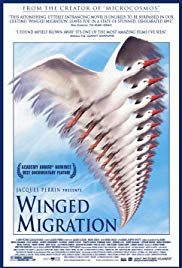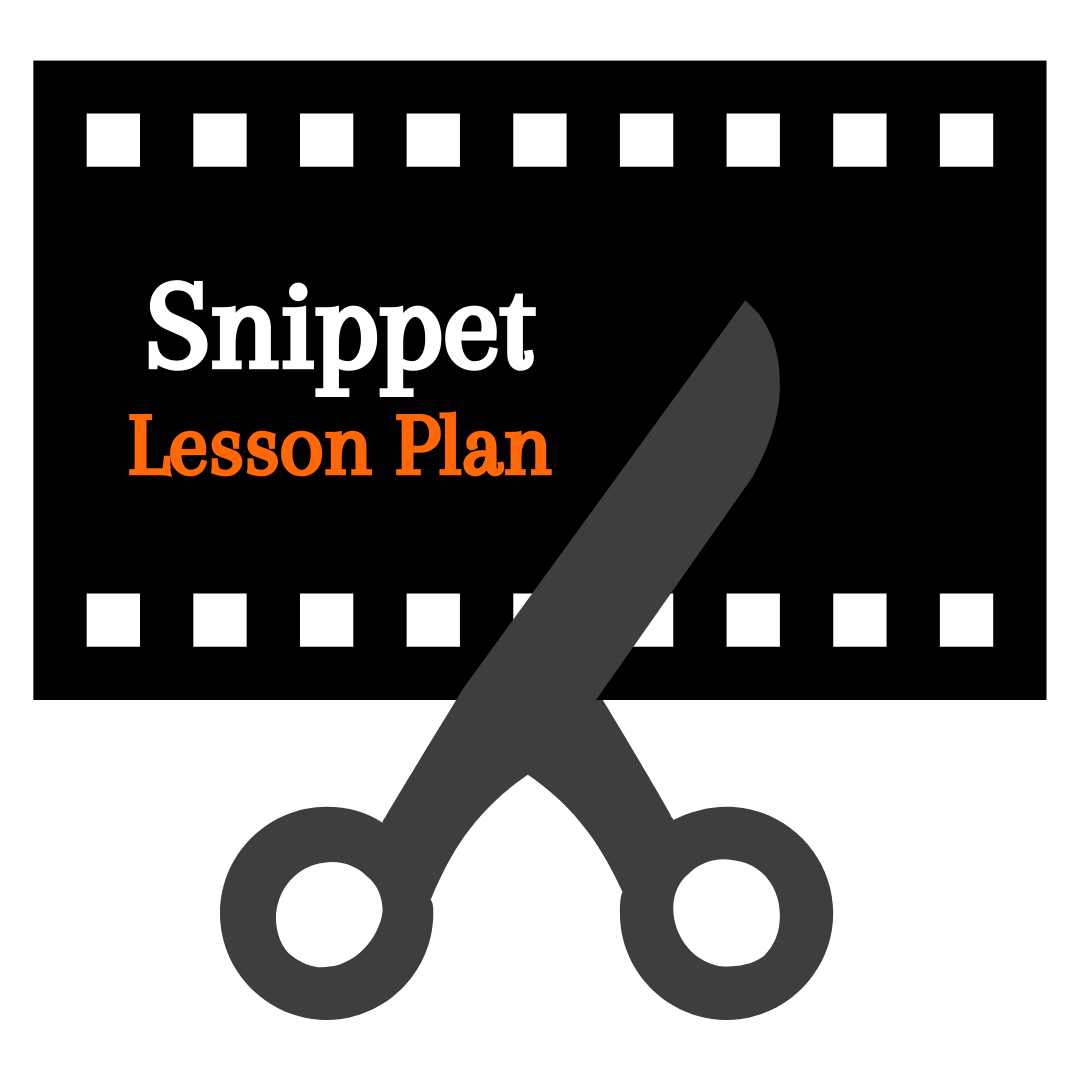Students will be introduced to avian migration and its importance. They will see striking images of birds migrating that will stay with them for years.
Migration is a major adaptive mechanism used by birds and other species. All students of biology and the environment should be acquainted with migration.
This clip consists of the first 13 scenes of the film which show examples of avian migration in the following species: greylag goose, Eurasian crane, white stork, barnacle goose, whooper swan, bar-headed goose, red-crowned crane, and bald eagle. Short segments of other birds are shown, including the kingfisher and Clark’s Grebe.
The filmmakers got very close to the birds as they flew. The photography is spectacular.
1. Prepare for class by reviewing the clip to make sure it is suitable for the class.
2. Review TWM’s 16-page illustrated Avian Migration Handout and decide what additional information will be presented to the class. The movie has very little narration; some of the additional information on migration can be presented as the class watches the film.
3. TWM has prepared a viewing questionnaire of simple questions from the narration that students can fill out while they watch the film. Many teachers find that this keeps the student focused on watching the movie. The viewing questionnaire is also designed to reinforce the lessons from the movie, i.e., that birds migrate thousands of miles over all parts of the earth from one biome to another, searching for plentiful food and safe nesting places. Review the viewing questionnaire and adapt it to the needs and abilities of the class.
4. TWM has prepared a list of the DVD scenes, the time, and the narration for each. This list will assist teachers who want to show parts of the film other the first thirteen scenes. Review this if necessary.
5. Assemble all materials to be used and cue the DVD to the beginning of the movie after any coming attractions and studio logos.
1. Tell students that this class will be about avian migration. Migration is a tactic that birds use to maximize their advantage in competition with other birds.
2. If the viewing questionnaire is to be used, hand it out and instruct the class in how to use it.
3. Start playing the film from DVD Scene 1 and continue for about 25 minutes.
4. During the movie and after, provide direct instruction on avian migration from the materials that you have selected to present to the class.
This Learning Guide was last updated on December 18, 2009.




